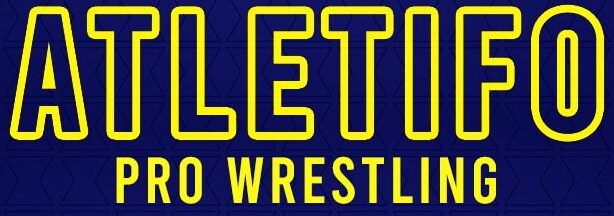Tetsuya Naito has proven himself as one of the greatest of all time, following his win at the G1 Climax 33 finals.
Hitting just one of his three finishing moves that made him a star, Naito pinned Kazuchika Okada to win the G1 Climax.
This booked him his place at Wrestle Kingdom 18, for a match against former partner SANADA for the IWGP World Heavyweight Championship.
However, Tetsuya Naito got there thanks to having some of the best finishers in wrestling.
Naito has three finishers that he has used over the years, with varying quality and of varying levels of success.
They include a submission move, a high-flying move and one of the most impactful finishers ever seen in wrestling.
In this article, we’ll go through Tetsuya Naito’s finishers, explaining the history behind the moves and how effective they have been for the Los Ingernobles de Jopon leader.
Tetsuya Naito’s Finishers
Destino

The main finisher that Tetusya Naito uses to win his matches is the Destino.
Destino – which is Spanish for Destiny – was adopted as his finisher after his brief stop in Mexican in 2015, where he joined Los Ingobernables and learned the art of Tranquillo from La Sombra (AEW’s Andrade El Idolo).
Naito adopted the Somersault reverse DDT as his finishing move upon his return, and it immediately became a huge hit with the fans.
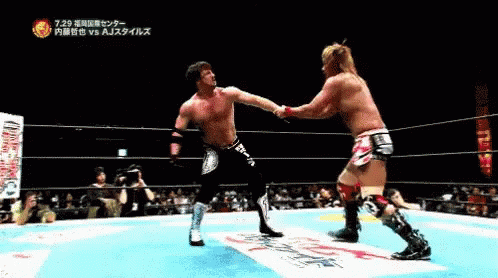
The LIJ leader used the move to great success, winning the IWGP Intercontinental and Heavyweight Championships at Wrestle Kingdom 14 (becoming the first man to hold both belts simultaneously).
With the Destino as his finisher, Naito would be a much poorer character, and would not have the “out of nowhere” factor that many of the top finishing moves in wrestling history possess.
Pluma Blanco
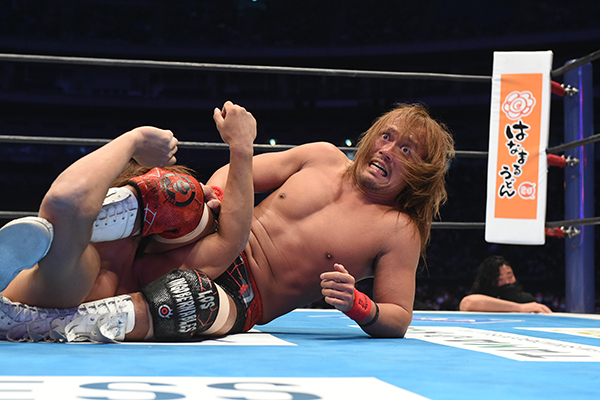
While not his main finisher, Tetsuya Naito used the Pluma Blanco as a secondary submission finisher for a number of years.
A renamed Koji Clutch, the move was invented by Koji Kanemoto (of whom the name was invented).
The Koji Clutch is a stretch that focuses all its pressure on the opponent’s neck using head scissors while also using the hands to create more tension to cause a tap-out victory.
It is also known as a Half Neck Wrench head scissors and a Leg-Sling Grounded Crossface.

While Naito rarely has this as his finisher in matches, it adds another dimension to his game, allowing more tension to grow in the match as the fans will his opponent to tap out to the Pluma Blanco.
Pluma Blanco translated from Spanish means “White Feather”, as allusion to Naito’s past as a high-flying superstar.
Stardust Press
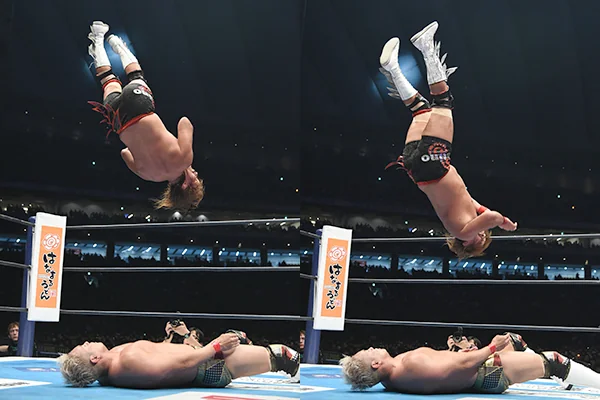
The most exciting finisher of all of Tetsuya Naito’s three is his incredible Stardust Press move.
This was his primary finisher from 2008 until 2015, when he abandoned his “Stardust Genius” gimmick in favor of being leader of Los Ingobernables de Japon.
The move was an incredible high-flying finisher, performed from the top rope with spectacular grace and poise.
The Stardust Press is a corkscrew moonsault, similar to AJ Styles’ Spiral Tap move that he used in TNA.
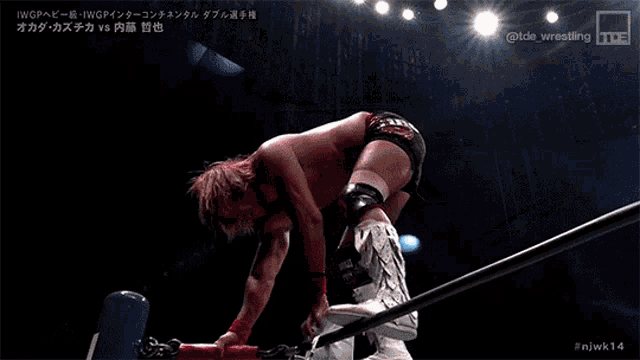
The move is a flashy one, often used to wow the audience when Naito was trying to be the hero of the people.
However, after the controversial failure of his at Wrestle Kingdom 12, he spent time in Japan and learned the art of Tranquillo.
Naito rejected the fans, as they had once rejected him. He began to disrespected them and the company, throw the title belts around as if they meant nothing to him.
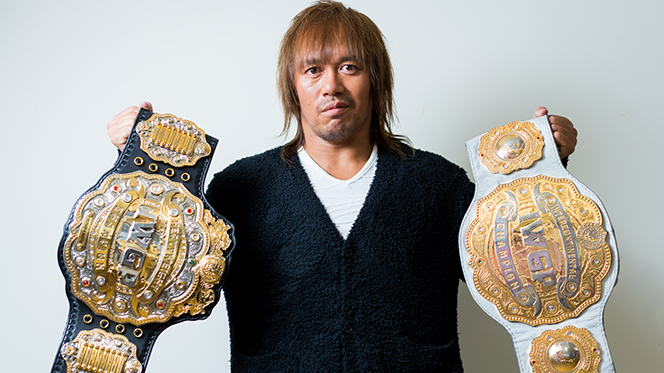
This included forgoing the Stardust Press. Once a signal of his attempt to wow the fans, he tossed the move aside as a punishment for them abandoning Naito.
Tetsuya Naito used the Destino instead, which found him much more success than the Stardust Press ever did.
Naito has used the move very rarely, pulling it out in the most dire of situations – or when he’s feeling overly cocky.
Most recently, he attempted the Stardust Press in his G1 Climax 33 final match against Kazuchika Okada.
